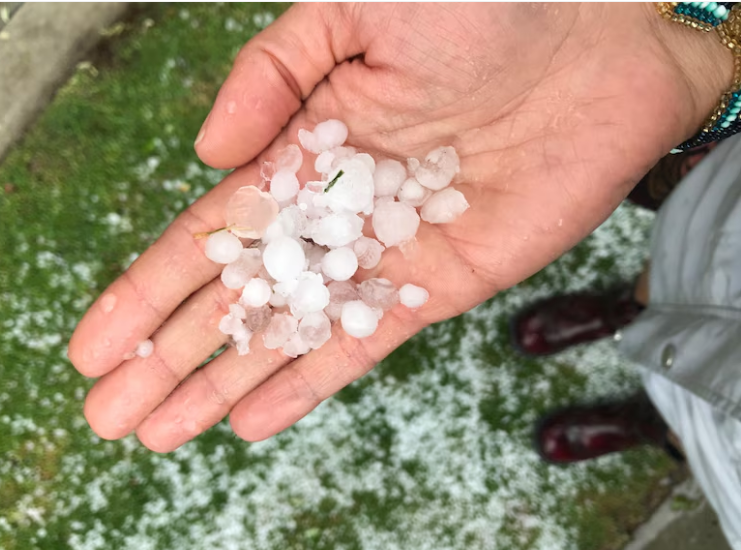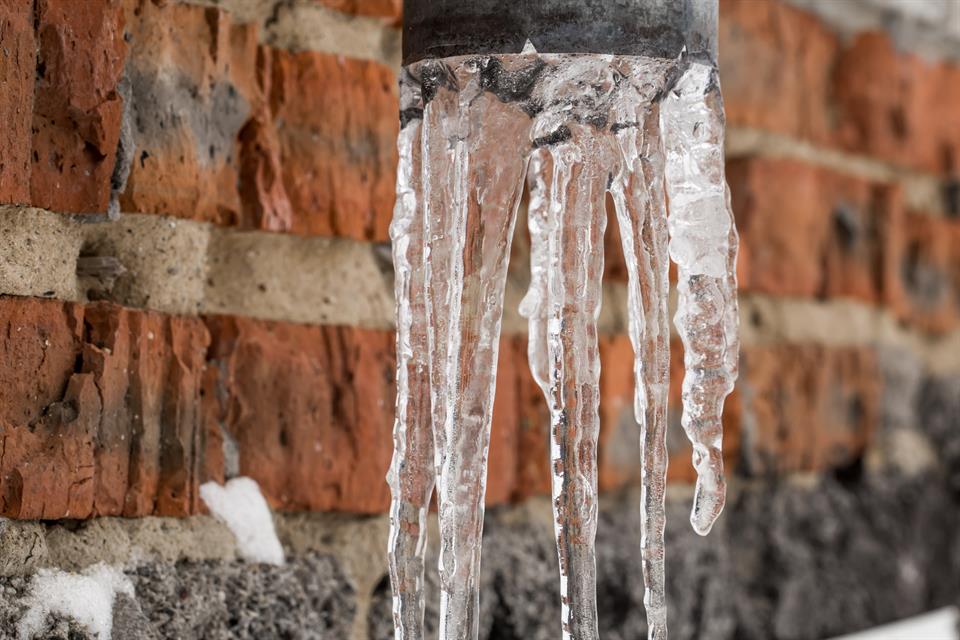Hail Damage Claims and Home Insurance
General Rate Impact
Hail damage claims can potentially increase home insurance premiums, though the impact varies significantly by insurer and circumstances. Most insurance companies consider any claim as a factor in premium calculations, with hail claims typically triggering rate increases of 10-30% at renewal. However, many insurers treat hail damage more favorably than other claim types since it represents an unavoidable weather event beyond homeowner control. Some companies offer "weather claim forgiveness" programs that waive premium increases for first-time hail claims or claims below specific dollar thresholds. The frequency of hail claims often matters more than individual claim size—multiple hail claims within 3-5 years generally result in more substantial rate increases than isolated incidents.
Regional Considerations
Premium impacts from hail claims vary dramatically by geographic location and local hail patterns. Properties in "Hail Alley" states like Texas may experience treatment rates different from those in areas with infrequent hail activity. Following widespread hail events affecting entire regions, insurers often implement territory-wide rate adjustments affecting all policyholders rather than individual claim-based increases. Some insurers specialize in hail-prone markets and may offer more stable pricing following hail claims compared to carriers with limited regional experience. State insurance regulations in hail-prone areas sometimes limit insurers' ability to dramatically increase rates following weather-related claims, providing consumer protection against excessive premium escalation.
Claim-Free Discount Impact
Filing hail damage claims typically resets claim-free discounts that many policyholders have accumulated over time. These discounts often provide 10-25% premium reductions that build up annually for each year without claims. Even when insurers don't explicitly raise base rates following hail claims, losing these accumulated discounts effectively increases premiums. The financial impact of discount loss sometimes exceeds direct rate increases, making small hail claims potentially counterproductive when repair costs only slightly exceed deductibles. Understanding your specific discount structure helps evaluate whether filing hail claims provides net financial benefit after considering long-term premium implications.
Mitigation Strategies
Several strategies can help minimize premium increases following hail damage claims. Installing impact-resistant roofing materials often qualifies for premium discounts of 10-20% that can partially offset claim-related increases. Some insurers offer credits for properties implementing recommended improvements following hail damage, recognizing reduced future risk exposure. Bundling multiple policies with the same carrier sometimes provides rate stability following claims through loyalty programs. Increasing deductibles to absorb smaller hail losses while maintaining coverage for major damage can prevent minor claims that trigger rate increases. Maintaining continuous coverage without lapses also helps preserve favorable rating treatment when hail claims do occur, as coverage gaps often result in higher premium adjustments than claim history alone.





